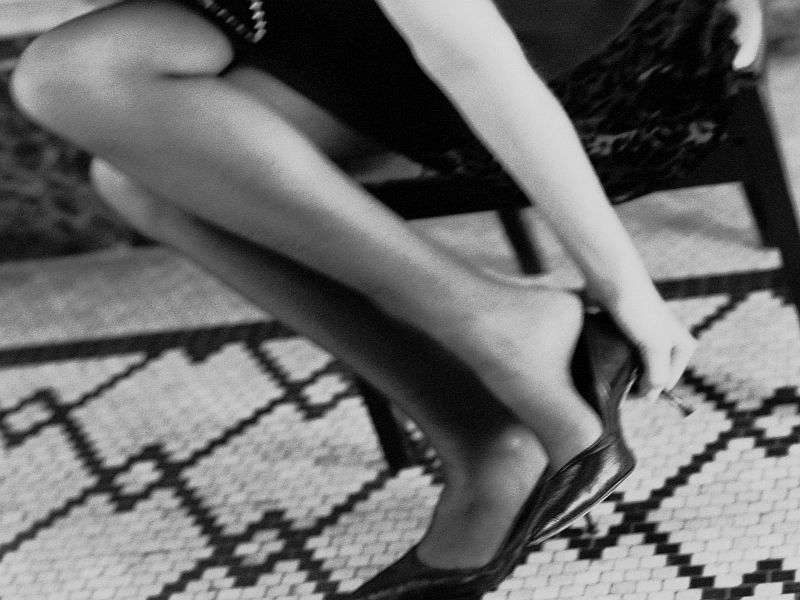Winter shoes can boost bunion pain

(HealthDay)—As temperatures tumble and women switch from sandals to closed-toe shoes, bunions can be a real pain, experts say.
Bunions are bony bumps on the joint at the base of the big toe. Their cause is unclear but they develop over time. And shoes with narrow foot boxes can rub against them, causing inflammation and pain, according to members of the American College of Foot and Ankle Surgeons (ACFAS).
To prevent these problems, women should avoid high-heeled shoes and other styles that crowd the toes together, St. Louis podiatrist Dr. Karl Collins advised.
"If a patient has a shoe that fits well everywhere else, but there's just a little bit of irritation at just that one spot, we may recommend that they have the shoe modified (by a shoe repair shop)," he said in an ACFAS news release.
It's important that the front of the shoe is wide, said Dr. Michelle Butterworth, who practices in Kingstree, S.C.
"Anything that's real pointy is going to put more pressure on that (bunion) bump," she said in the news release.
Along with wearing proper shoes, other ways to cope with bunion pain include foam- or gel-filled padding; orthotics; anti-inflammatory medications and injections for bursitis, nerve irritation and joint irritation, according to the ACFAS.
While these steps will ease pain, they won't stop the bunion from getting worse. Surgery is the only way to get rid of bunions. It has a high success rate, the podiatrists said.
More information: Harvard Medical School has more on bunions.
Copyright © 2016 HealthDay. All rights reserved.














